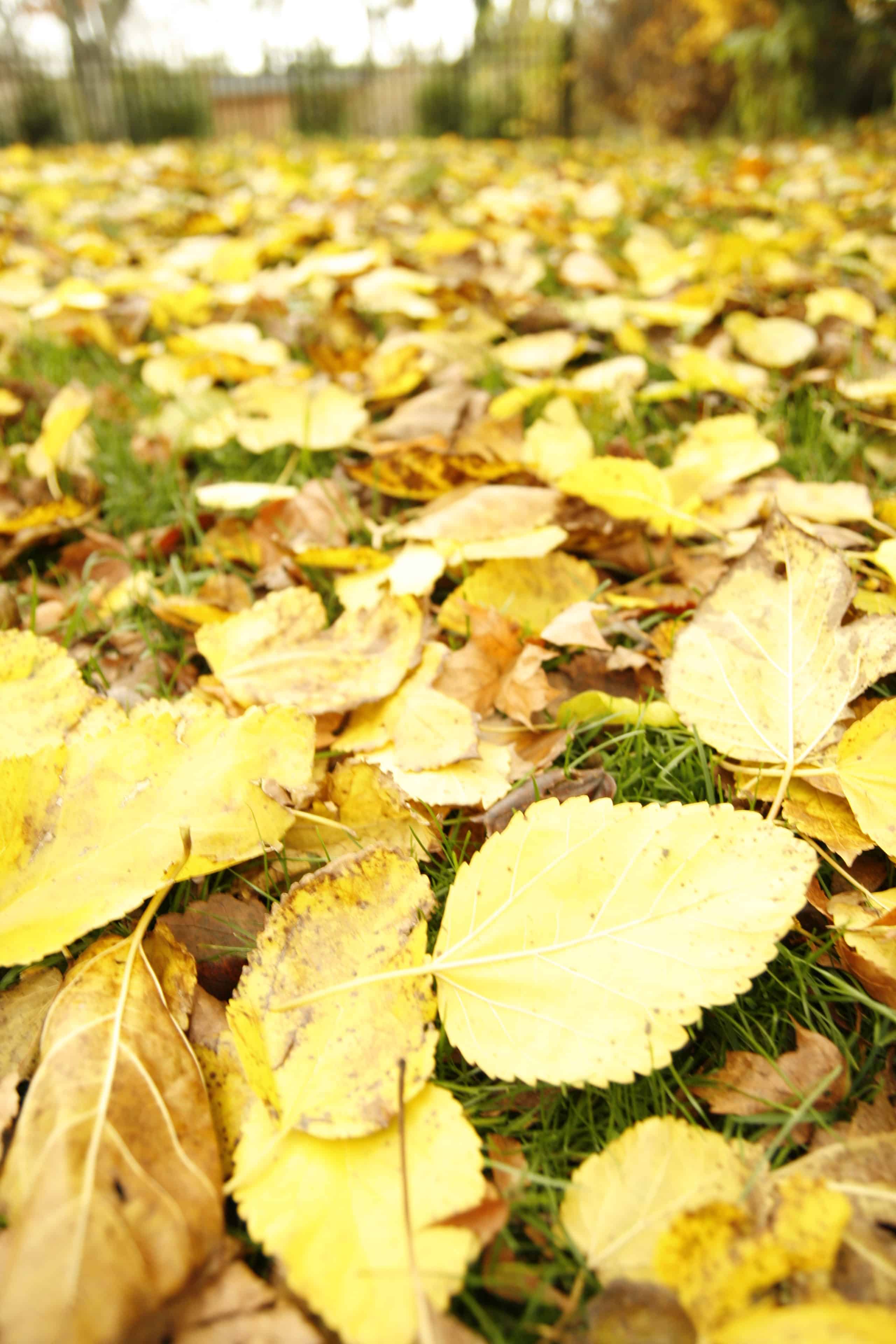
file photo by Boyd Loving
October 15,2016
the staff of the Ridgewood blog
Ridgewood NJ, this is the second article in a series from the staff of the Ridgewood on reducing yard waste . Composting is simple and easy . According to the College of Agriculture , Consumer and Environmental Sciences at the University of Illinois, a compost pile is a teeming microbial farm. The microbes in a compost pile go to work for you, breaking down leaves, grass clippings, fruit and vegetable waste, and other organic matter.
Mixing compost material into your yard or garden loosens heavy clay soils, allowing better root penetration and improving plant growth. It also improves the infiltration and percolation of water through the soil, improves a sandy soil’s capacity to hold water and nutrients, and may help add essential nutrients to any soil.
Plus, it improves the health of your plants by improving the soil; provides a natural, healthy way to dispose of organic-matter wastes; creates a healthy environment for earthworms; reduces the need to buy trash bags and soil conditioners; and reduces disposal costs in towns that charge for hauling yard waste.
To set up a compost pile, begin by removing the grass and sod cover from the area where you plan to put it. Place a layer of chopped brush or other coarse material on top of the soil surface to allow air circulation around the base of the heap.
Next, mix together moistened leaves, grass clippings or sawdust, and manure or fertilizer. Adding soil is optional, but it can speed up the composting process. Anything that grows in your yard will make good composting material. You can even add bread, coffee grounds, egg shells, fruit, shredded paper, tea leaves, vegetables, and wood chips to the pile.
Materials that should not be put in a compost pile include: bones, cat and dog manure, cheese, chicken, fat, fish scraps, milk, meat, noxious weeds, and oils.
The compost pile should be between 3 and 5 feet high. On top of the compost pile, scoop out a “basin” to catch rain water.
A properly made compost heap will reach a temperature of 140 degrees to 160 degrees F in one to two weeks. At this time, you will notice the pile settling–a good sign that the heap is working properly.
Five to six weeks later, transfer the materials into a new pile. When doing this, turn the outside of the old heap into the center of the new pile. Add water if necessary. You shouldn’t need to turn your heap a second time, unless additional aeration is needed to reduce odor.
The compost material should be ready to use in your yard or garden within three to four months after you first constructed the pile. A heap started in late spring can be ready for use in the autumn. Then you can start another heap in autumn for use in the spring.
Compost is ready to use when it is dark, brown, and crumbly, with an earthy odor. Let it stabilize a few extra days, and screen it through a ½-inch screen if you want the finest product. To use the compost, turn your soil, apply a 1- to 3-inch layer of compost, and work it in well.



